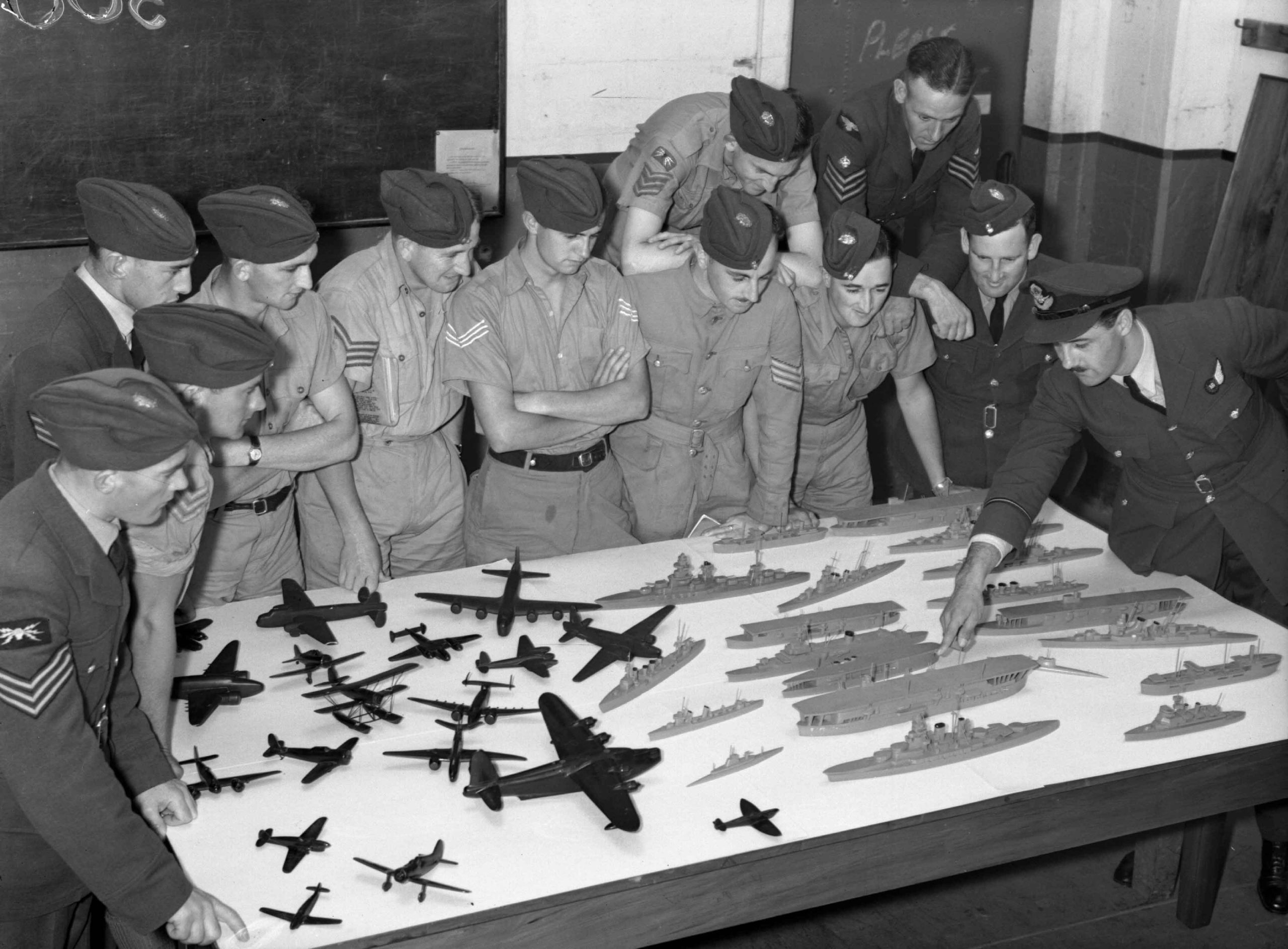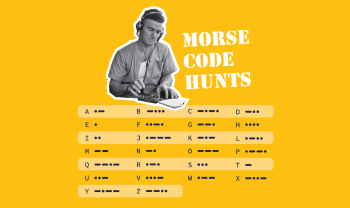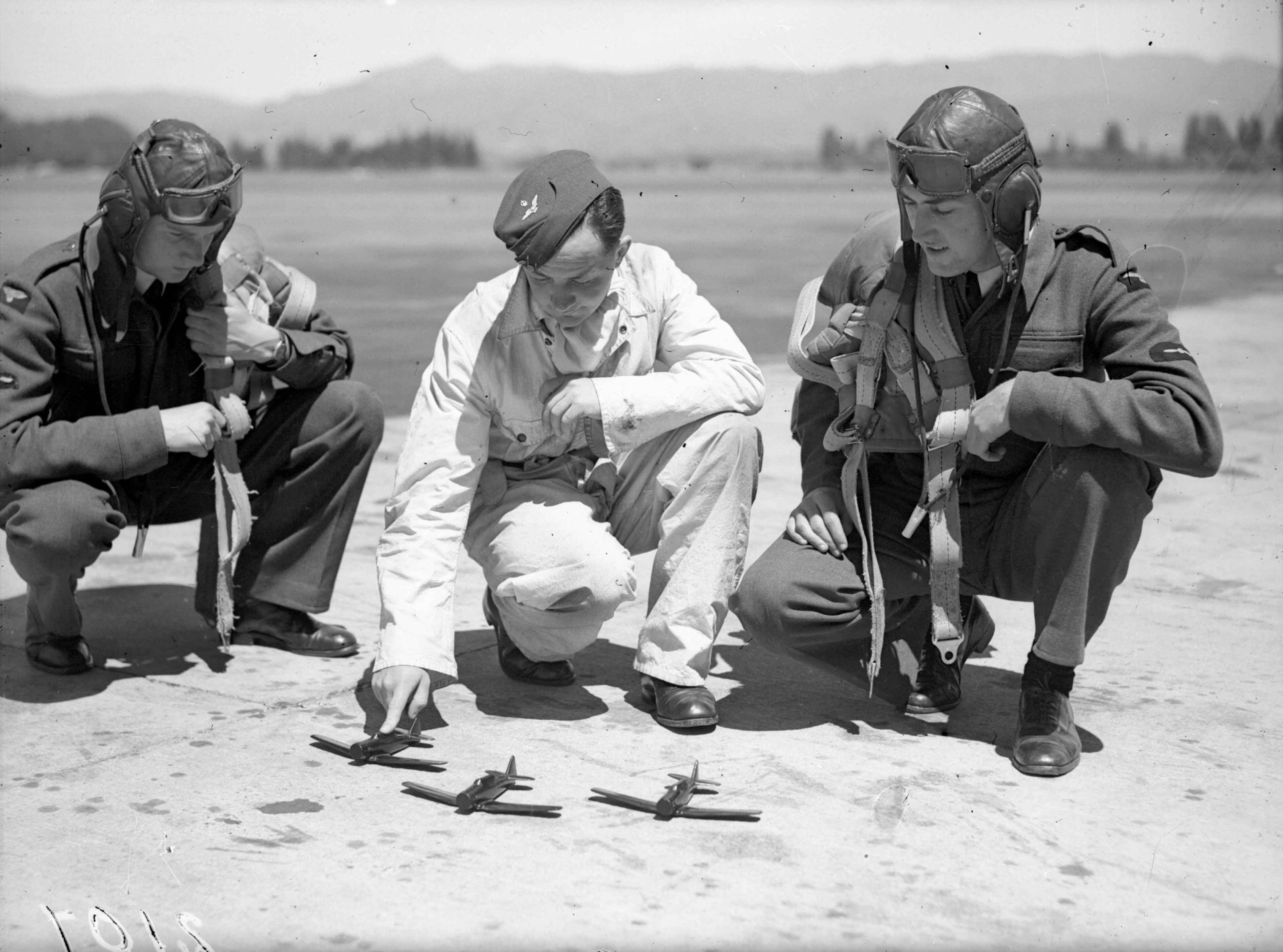Small....or Far Away?
The use of recognition models in aircrew training
Suitable for all ages
Atrium Display Case
Suitable for all abilities

It was realised early in the development of aerial warfare that there was a need to identify your enemy as quickly as possible. The aircraft had brought war into a whole new domain – the sky, but it had also introduced a faster kind of warfare. Aircraft from that time were capable of speeds of up to 250 kph and this meant less time to determine who was ‘friend or foe’.
At first it was thought that applying national markings to aircraft would help, and they did, once aircraft were engaged in close combat. The problem was how to identify your enemy when they were further away, preferably before they had spotted you. Achieving this would provide a tactical advantage, but it relied on the aircrew’s ability to recognise the shape of an aircraft at distance.

By the outbreak of World War Two, aircraft speeds had increased considerably. High performance fighters were capable of speeds in excess of 640 kph, meaning a closing speed of twice that figure, which reduced the time available to confirm an identity to seconds.
Recognition training aimed at helping aircrew to study the shapes or distinguishing features of aircraft, and commit them to memory, was developed. Initially, silhouettes printed onto posters or in books were used and this progressed to the manufacturing of simple scale models. When considering what scale to use, one factor was the effective range of aircraft weapons of the time. In World War Two, the average maximum range at which a fighter could engage the enemy was approximately 275 metres, so the scale used needed to recreate that distance, in miniature, in a classroom setting.
Due to the large numbers of models that were required, commercial manufacturers who had produced models for aircraft enthusiasts pre-war were asked to help. These models were made to a scale of 1:72 and this scale suited the requirements of the training. To this day, 1:72 is still the most common scale for plastic model kits.





